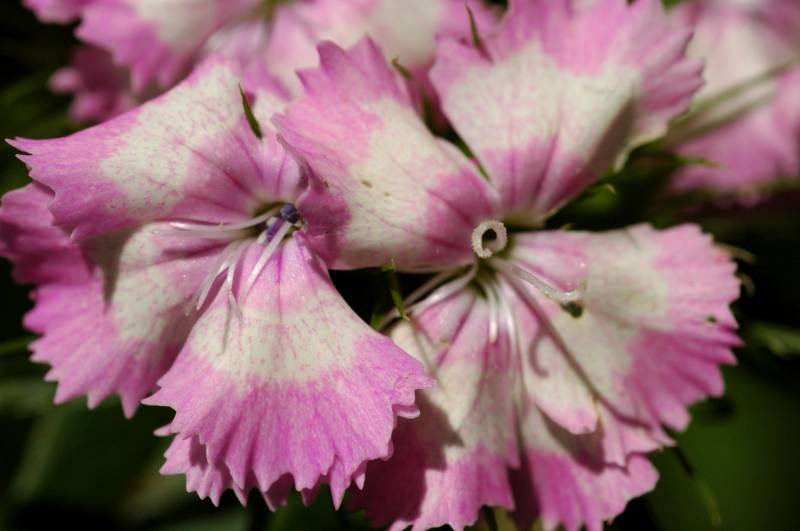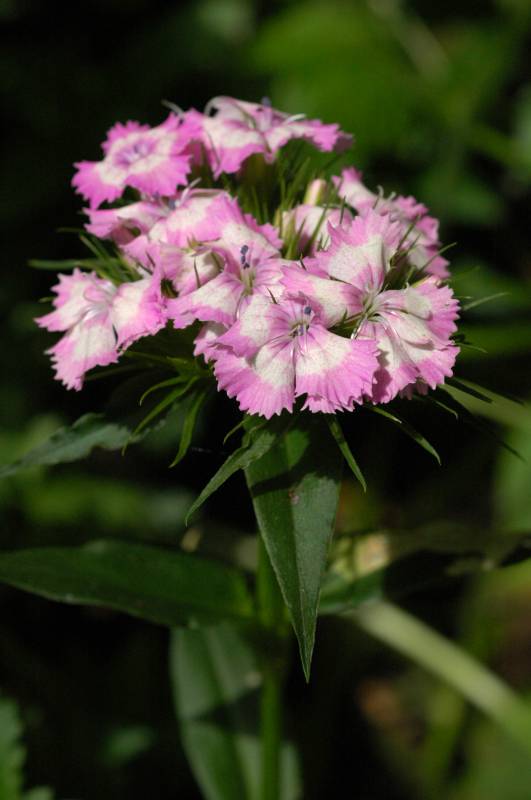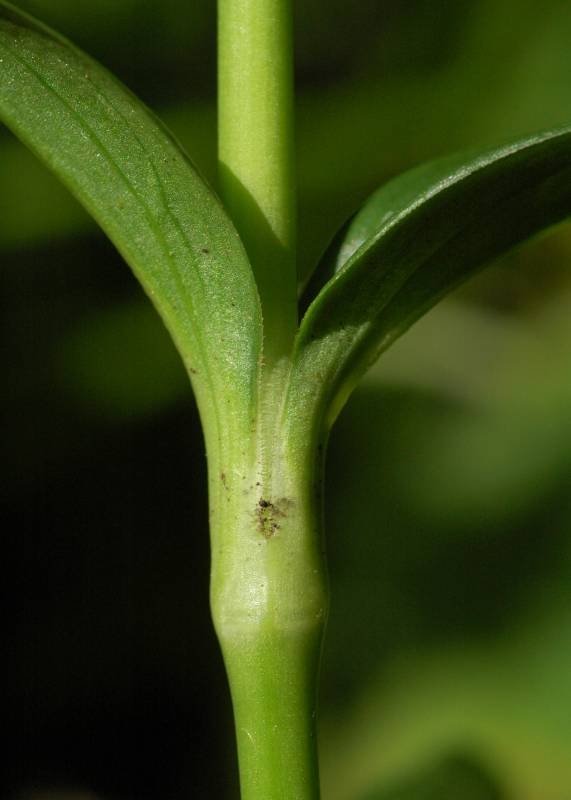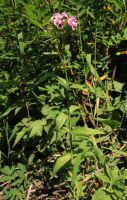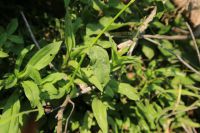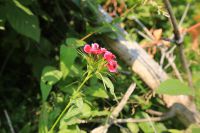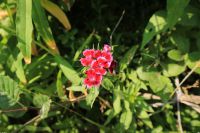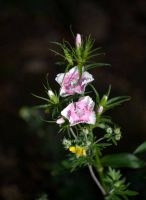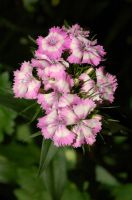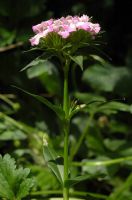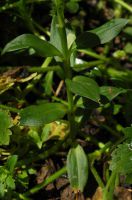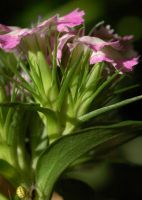Distribution: Occurring chiefly west of the Cascades crest in Washington; British Columbia to California, east to Idaho and Montana, also from the Great Plains east to the Atlantic Coast.
Habitat: Fields, roadsides, wastelots, and other disturbed areas.
Flowers: June-August
Origin: Introduced from Europe
Growth Duration: Perennial
Conservation Status: Not of concern
Pollination: Bees, flies, butterflies
Glabrous perennial with several erect to decumbent-based stems 2-6 dm. tall.
Basal leaves several, oblong-lanceolate, 1-2 cm. broad; cauline leaves 4-10 pairs, lanceolate, 4-9 cm. long.
Basal leaves several, oblong-lanceolate, 1-2 cm. broad; cauline leaves 4-10 pairs, lanceolate, 4-9 cm. long.
Capsule 1-celled, opening by 4 valves, shorter than the calyx.
Publication: Sp. Pl. 1: 409. 1753.
- ssp. barbatus – sweet William Occurring chiefly west of the Cascades crest in Washington; British Columbia to California, east to Idaho and Montana, also from the Great Plains east to the Atlantic Coast.
PNW Herbaria: Specimen records of Dianthus barbatus in the Consortium of Pacific Northwest Herbaria database
WA Flora Checklist: Dianthus barbatus checklist entry
OregonFlora: Dianthus barbatus information
E-Flora BC: Dianthus barbatus atlas page
CalPhotos: Dianthus barbatus photos

